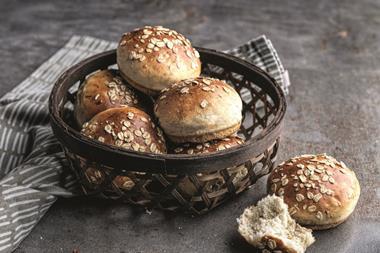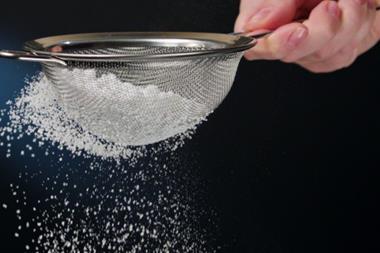Puratos global communications & training manager Karl De Smedt on the latest trends shaping the sourdough market
Although using sourdough to bake bread was the traditional method used by the Egyptians up until the late 1800s, it is only in recent years that it has again assumed the interest and importance it held in the past.
This has been driven by the rise in the popularity of baking and increasing consumer demand for health, history and heritage; all of which are embodied in sourdough. Also, the range of flavours, aromas and textures sourdough can be used to create means it can address these trends in varied ways, not just mirroring trends we are seeing in the wider baking industry, but setting its own, as illustrated in these examples:
Innovation: Consumer interest in global influences and unique flavours is on the up. Street food, contemporary Mexican, Italian regionality and Americana are proving particularly popular and sourdough is being used in these cuisines in new and exciting guises to drive interest and excitement further. Pizza bases and tortilla wraps are already on the menu, but sourdough has the capacity to go further, and salted caramel sourdough cheesecake or cookies could be on the way. Unique smoky, ‘swavoury’ (sweet and savoury hybrids), floral and herbal tastes are also in demand and the diverse flavour profile of sourdough means it can add and complement these notes in almost innumerable ways.
On-the-go: The growing on-the-go category holds huge potential for bakery. One occasion of particular interest is breakfast, a meal where sourdough has the opportunity to shine. We are already seeing sourdough bagels and crumpets adding texture and flavour to more traditional offerings, but breakfast burgers and wraps, and more quirky options like sourdough cronuts and pizza wraps, could become staple options.
Quality: Baking quality holds different meanings for different people. For some, quality is all about taste, texture and enjoyment, while for others quality is synonymous with the traditional, local, natural and health benefits of a product – all areas where sourdough comes into its own. With a history spanning more than 5,000 years, sourdough satisfies consumers’ demand for the security of the past, and as elements of sourdough are typically hand-crafted in some way, it chimes with the trend for local. Sourdough is also arguably the most natural way to make bread, boasting a range of health benefits not present in other loaves.





























No comments yet